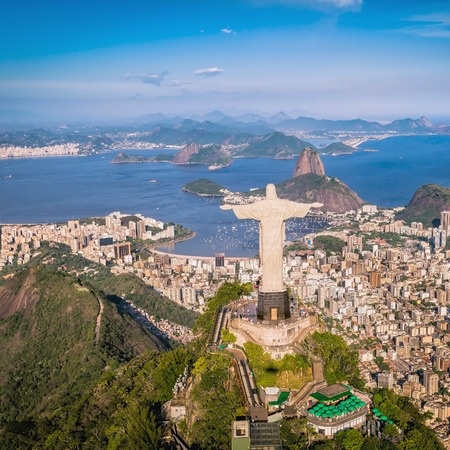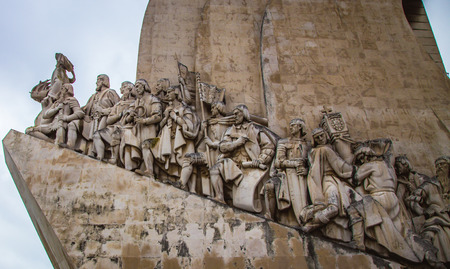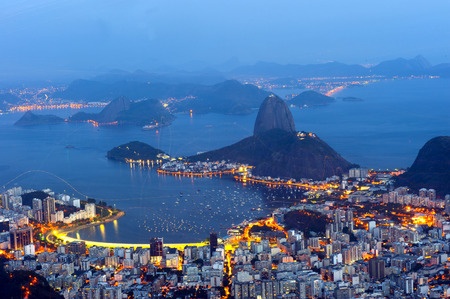As the Olympics approaches its final days in Rio, we have enjoyed watching the world’s top athletes compete – but the backdrop of all the action has been the fascinating city of Rio de Janeiro. Brazil’s fast pace, but laid back city has a lot of well-known features, but here are a few interesting facts about those famous sites that you may not know. And also a few little-known facts about the city also called “the Marvelous City.
1. Rio is known for the world’s largest and most well-known carnival, and there is one man who controls it all – King Momo. Friday before the party starts the mayor of Rio de Janerio hands over the key to the city to a man crowned as King Momo, a mythical jester who acts as the head of all the festivities. With all of the parties, samba dancing, and elaborate floats, King Momo has his hands full. But, he’s in the middle of all the action. When Carnival is officially over, King Momo goes home until the next year, when hundreds of thousands of visitors and residents will flock to the Marvelous City again -for Carnival.
2. Christ the Redeemer statue – the 98-foot statue atop Corcovado mountain is struck by lighting two to four hits every year; according to the Brazilian Institue of Space Research. Completed in 1931 it took French artist Paul Landowski and several engineers nine years to finalize the design and construct the statue. It is made of reinforced concrete and soapstone. Compared to the Statue of Liberty height it is only two-thirds the height. The statue has become a cultural icon and globally recognized symbol of Rio. It is listed as one of the New Seven Wonders of the World. Thousands of people either hike the 200 steps to the top or take a series of escalators to the top. Added in 2003 in responses to complaints about accessibility. Many people may not know there is a chapel at the base. Built in 2006 to celebrate the monument’s 75th anniversary. If you’re looking for a unique place to get married – here’s your spot.
3. Rio, was the Portuguese Empire for almost seven years – Ever wondered why Portuguese is spoken in Brazil? From 1808 to 1822, Rio served as the center for the exiled royal court of Portugal, fleeing Napoleon’s invasion. Prince Regent Dom Joao VI arrived with the rest of the royal family in 1808. It was the first time European monarch set foot in the Americas. During his day they established a medical school, national museum, national library and botanical gardens. In December 1815 Dom Joao made Rio the official capital of the Portuguese empire.
4. Rio de Janeiro or River of January. But, there was probably no river in 1502 Portuguese explorers believed they encountered what they thought was the mouth of a river. Scholars today argue that in the 16th-century river might have been a looser term for any deep indention along a coast. But, it’s still a pretty cool name! And, with two world famous beaches – Copacabana and Ipanema – you can’t argue the water around the city is not only beautiful but provides year-round recreation, attracting visitors and residents to enjoy the sunshine, the view of Sugarloaf Mountain and all the excitement Rio promises.
5. There was a girl from Ipanema – A beautiful eighteen-year-old Heloisa Menezes (nicknamed Helo) walked pass a local bar called Veloso Bar where composer Antonio Carlos Jobim and poet Vinicius de Moraes enjoyed girl-watching and beers. Legend has it that the two wrote the song right there on bar napkins. At 70+ she still walks the beaches of Ipanema. The song was a worldwide hit in the mid- 1960’s. It’s one of Brazilan Bossa Nova jazz style which became very, very popular. The song won a Grammy for Record of the Year in 1965.









0 Comments